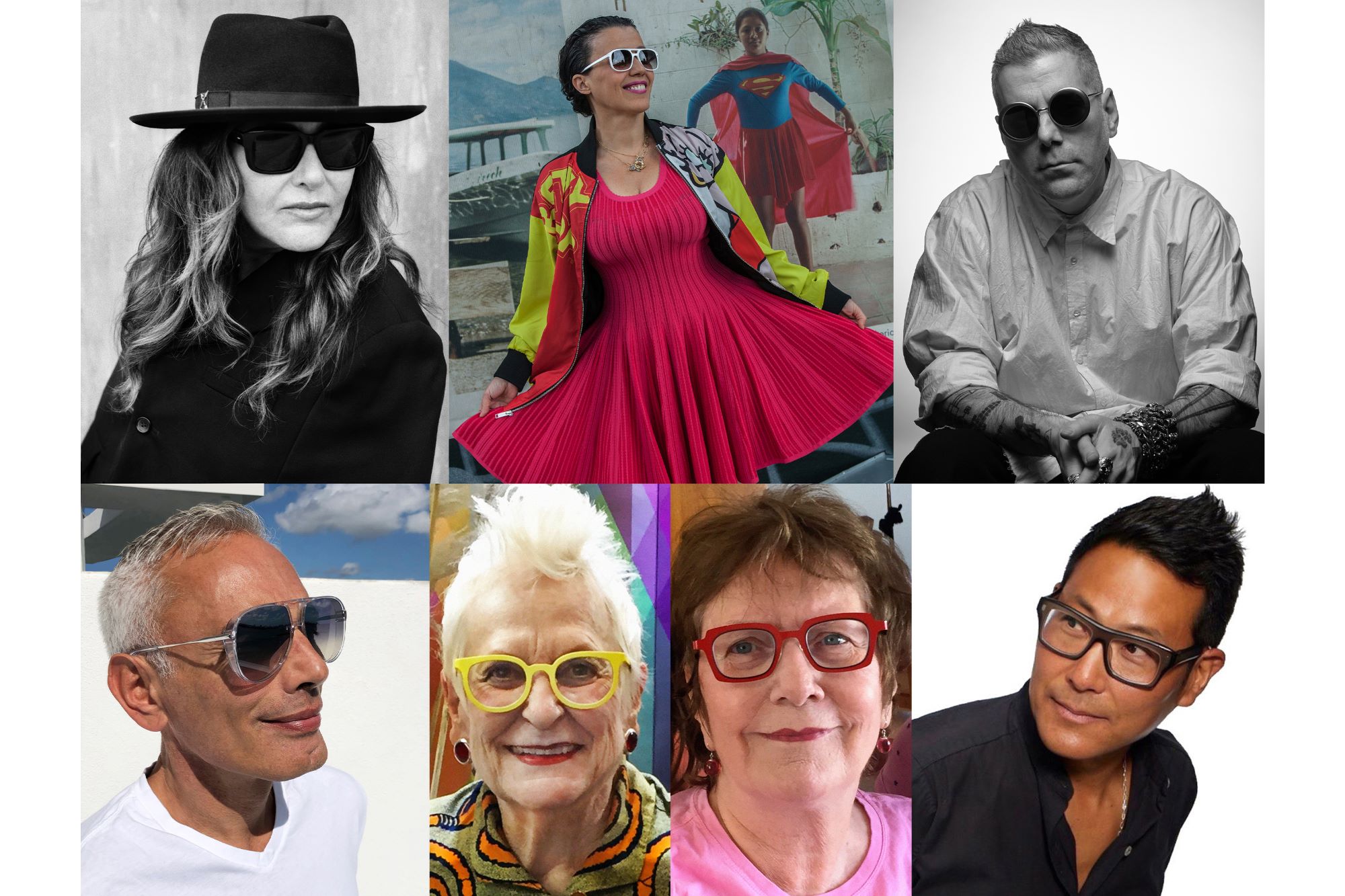Ruben on Isabel Toledo: Imagineer, Thinker, Seamstress and Poet
September 24, 2024
Aldo Araujo
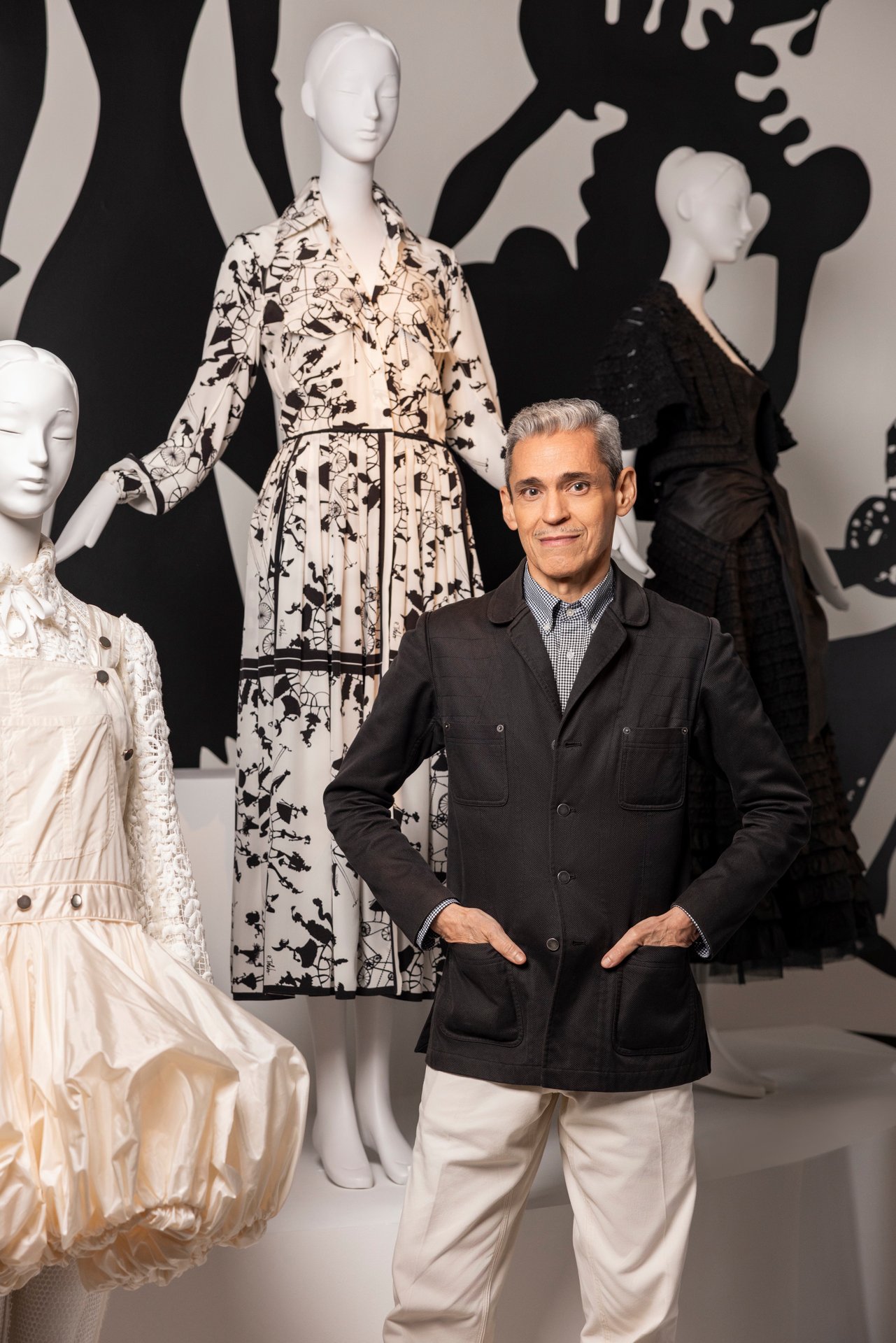

Cuban-American designer Isabel Toledo was one of a kind. So much so that when the CFDA Board of Directors met this year to discuss this year’s honorees for the CFDA Fashion Awards presented by Amazon Fashion, the decision to rename its titular award in honor of the beloved late Isabel Toledo was unanimous. On Oct. 28, Ruben Toledo, Isabel’s husband and a famed artist and fashion illustrator, will accept the newly-renamed Isabel Toledo Board of Directors’ Tribute on her behalf.
Toledo was a 2005 CFDA/Vogue Fashion Fund finalist, served as the creative director Anne Klein, received the FIT Couture Council Award for Artistry of Fashion in 2008, and firmly cemented her place in American fashion history when First Lady Michelle Obama wore a lemongrass coat and dress designed by her to President Barack Obama’s inauguration in 2009. She served on the CFDA Board for many years, where she used her voice to rally for the needs of small, independent designers. She was also a longtime advocate of people living with HIV/AIDS.
This year, Savannah College of Art and Design (SCAD), an institution the Toledo’s consider longtime friends and collaborators, is presenting Isabel Toledo: A Love Letter at the SCAD Museum of Art through Dec. 16.
In a special interview with CFDA and SCAD, Ruben Toledo reflects on his four decade long relationship with his soulmate, being recognized as a CFDA Fashion Awards Honoree, and the one-of-a-kind artistry of the late Isabel that is on display at SCAD Museum of Art’s exhibition. The below interview has been condensed.
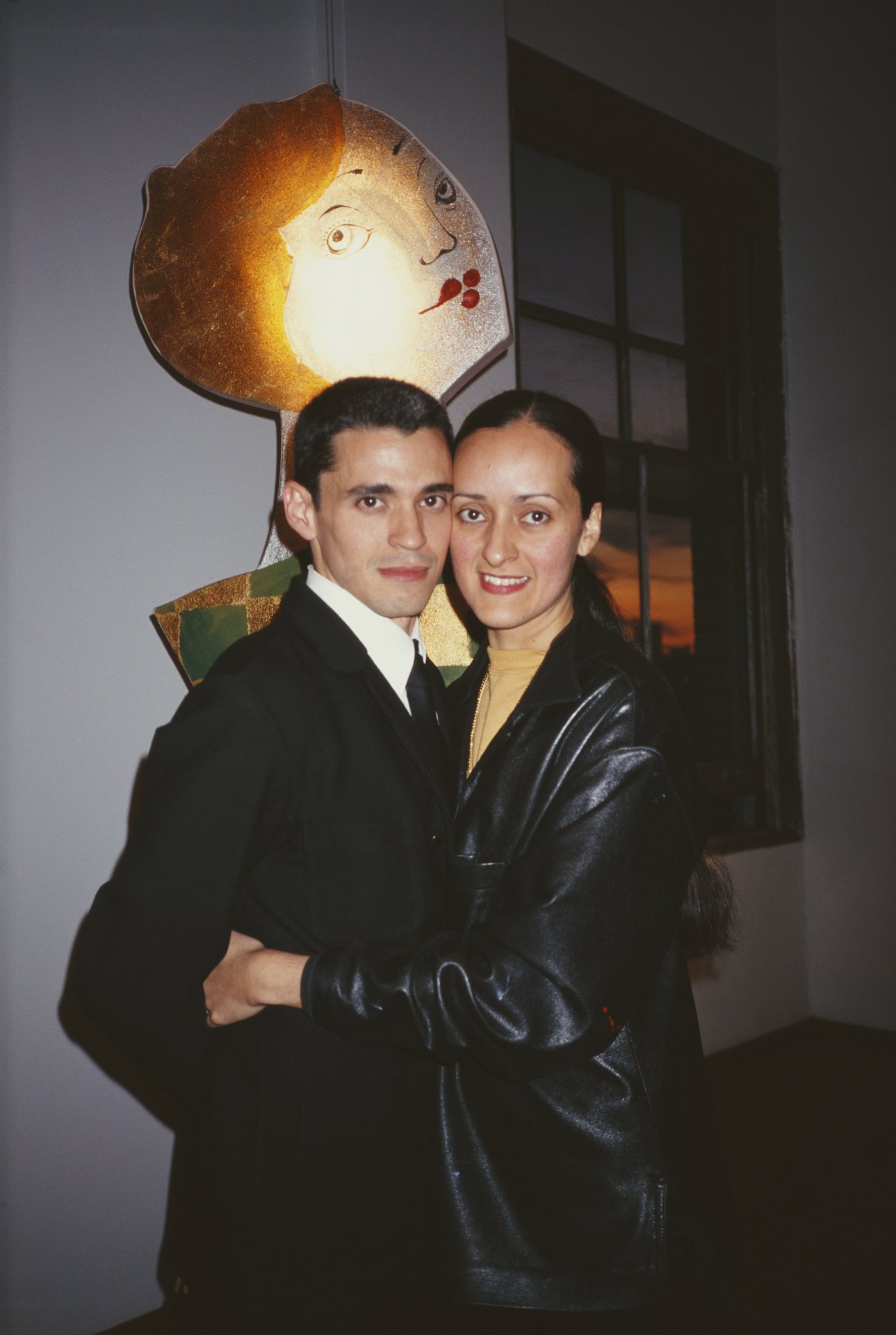
Ruben and Isabel Toledo, circa 1995.
In your own words, who was Isabel Toledo?
Isabel Toledo is an incredible creator. She’s a Cuban-born woman, an imagineer, thinker, problem solver, designer, seamstress, poet — an artist.
How would you describe the creative relationship that you had together?
I couldn’t live any other way. It’s almost like trying to separate an oyster and figuring out who made the pearl. It doesn’t matter. What matters is that the pearl was made, and I think we both understood that we were blessed to be this incredible oyster creating pearls. The freedom from ego in that is incredible. I could be her. She could be me.
Our creative collaboration was like a tennis game. An idea would keep bouncing back and forth until it gave fruit to what it was, whether it was a painting or the design of furniture or an interior or a dress or a design for a bra.
She never sketched. She worked three-dimensionally. She loved textile, what fabric was capable of, and she loved gravity. That’s why she was so good at doing things along a bias or tailoring or molding fabrics and making them do the impossible. She would make something stiff and thick become liquid, and then she would take something like chiffon or a piece of net that was like air and tailor it into a garment that looked like armor. She liked this surrealism of turning what seems impossible into the possible.
She had the technical ability. She had golden hands. Whatever she touched, she turned into magic. Anything she touched became art because she took the time to care about it. Sometimes she would come up with this idea that I would say, ‘how did you think of that?’ And she’d say, ‘because I think, I take time to think.’
Even though we’re born a day apart, we’re completely different. And that kind of opposite friction is what gave birth to both our bodies of work, and we respected each other’s differences.
Isabel kept surprising me, even after we were married 40 years—and I knew her for 50—but the way she kept evolving as a human, as a person and as an artist always blew my mind. I would never assume I knew her, and I never assumed I would know what she would say. Never. She always said something completely different than expected, so it was amazing to see her keep growing and keep transforming.
What are some things that you want people to know about Isabel that might not be known?
She actually cared. She never did anything that she didn’t care about. Unfortunately, she cared about everything. She cared about details, and she cared very much about people and the emotion of the world. She always said, I dress emotions. She didn’t dress bodies, she dressed emotions, and she thought that a wardrobe should give a woman this vocabulary of how to speak without saying a word, just by appearing.
She was not only a great thinker, she was a great pattern maker. She was a great seamstress. She was a great craftsperson, but she was also a great orchestra conductor. She was a great maestro.
She understood that art, fashion, textile, and all of this will last forever if you do it with care—and she thought of her clothes in the same way. They are time capsules, not empty shells, but time capsules of who wore them and the emotions and what they went through. That’s why when Michelle Obama wore Isabel’s clothes at the inauguration, life changed for a lot of us. That was so profound to her.
She didn’t want to make the ball gowns. She didn’t want to make the party dress. She wanted to be at that moment where time turned a page and a new chapter started.
The CFDA Board of Directors Tribute recognizes individuals for their impact on fashion and the fashion industry, and they have now renamed that award in Isabel’s honor. How does this honor reflect on her legacy and how you remember her; how the rest of the world will remember her?
Isabel served on the board of the CFDA for six years, and she was very shy, but she was a real quiet force. She’s not a “board of directors” person. She didn’t want to be one, and she didn’t want to join. When she told me that they proposed her to do this, she was hesitant, and I said, ‘no, they really need your voice, go ahead and spread your wings.’
She wasn’t a proclaimer, she wasn’t a big speech-maker, but she had a very beautiful quiet force, and she was very instrumental in broadening their sense of diversity concerning who gets to be a designer and the diversity of talent and voices that were important in making this whole system.
The fact that they’re naming this award after her is a big honor, and I love that it’ll open up to people who may not know her work, may not know her sensibility, or may not know her contributions, on why she’s important, why her work is important and why her vision is important.
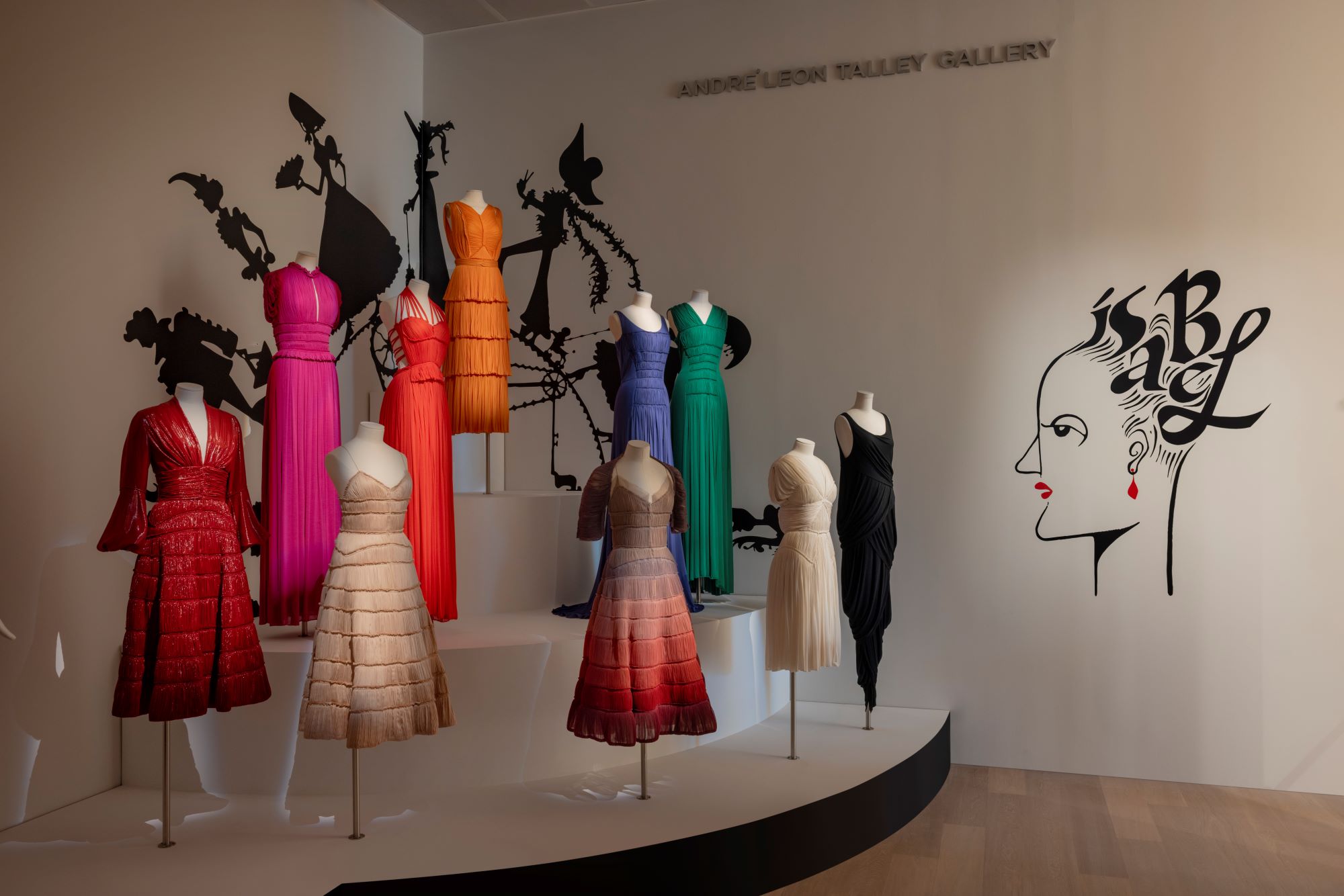
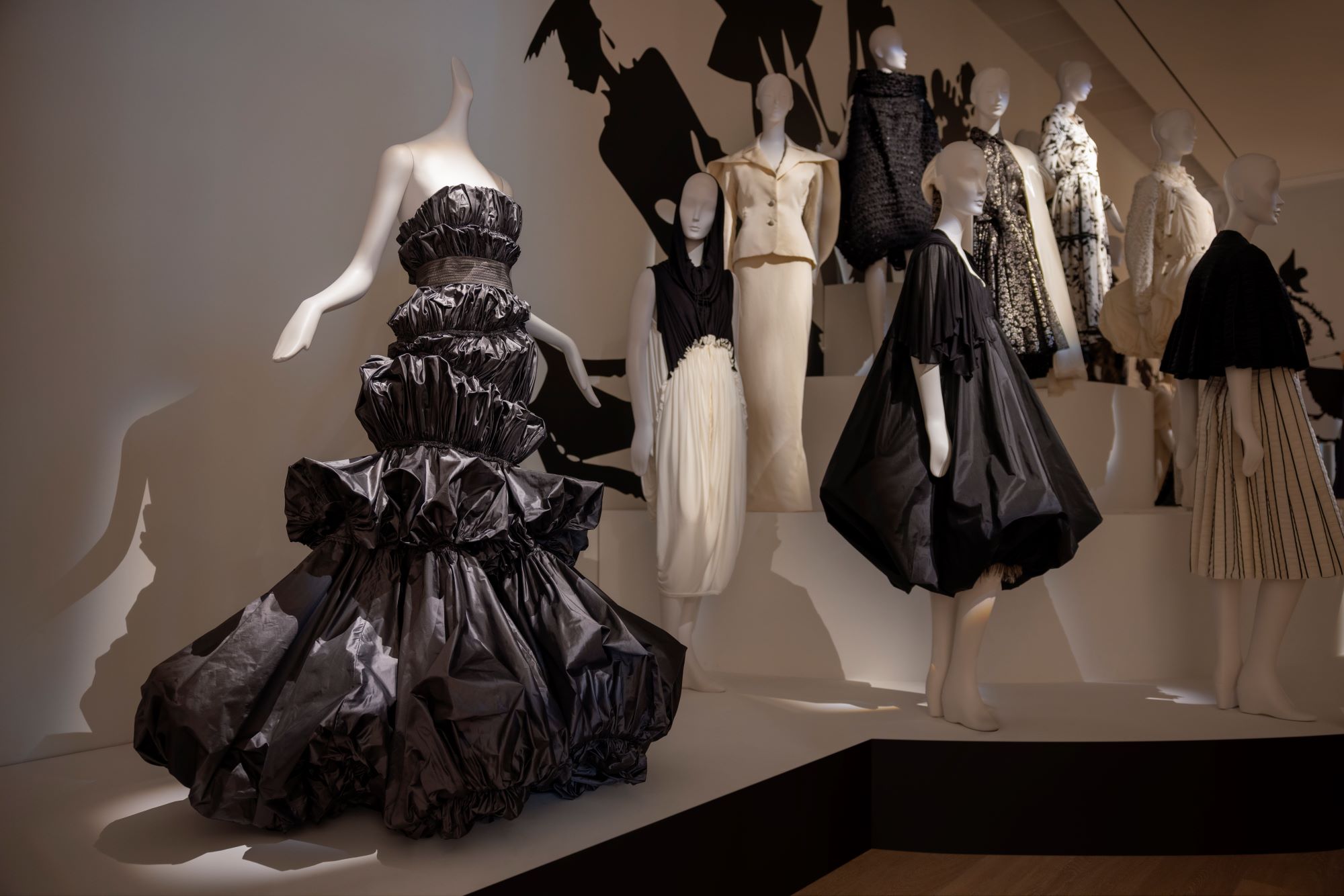
"Isabel Toledo: A Love Letter" exhibition at SCAD Museum of Art's André Leon Talley gallery.
"Isabel Toledo: A Love Letter" exhibition at SCAD Museum of Art.
What do you hope that they take away from her life’s work and from SCAD’s A Love Letter exhibition on Isabel Toledo?
Her sensibility was so important. She wanted to put into clothes the value of intimacy. Not only the intimacy between the wearer and the clothes, but intimacy between humans and how we communicate. She communicated through design, through clothes. I think all of us artists communicate through our work, but she wanted to empower women in the wears of her clothes, whoever that may be, and to let them know and feel the security of their strength inside them. She put that thinking into her clothing.
This exhibition with SCAD is so important because people get to be up close and personal with the clothing. It’s a way for them to look inside to how she made things. For Isabel, the process was so important. Details were important, not details as decoration, but details of revelation, details as information because of how she was structuring something.
You’re not only experiencing something never seen before, but there are some prototypes that were never produced. They are thought patterns frozen in time on their way to something else, on their way to another transformation, which is what fashion is. It’s not linear, but it keeps zigzagging and looping in on itself, going back and revisiting history from another angle. It’s fascinating.
This is really profound to me, not only because of Isabel’s work, but because we’re doing it in the André Leon Talley Gallery who was a dear friend of ours. We knew him since we were probably 18 or 19 years old, and we saw him come up in the chiffon trenches, as he likes to call it, and he took a lot of hits and a lot of arrows in the industry. So it made him who he was. It’s very profound to see Isabel’s work within André’s space, in his cocoon, and he cared so much about SCAD and the students. He was always telling us about some student event or a student that he met, and especially the talented textile designers. And whenever any of the students were in New York, he would tell him, you got to call the Toledo’s.
For young people today, fashion and culture moves so fast, and they may not know her work, especially because she was so shy and quiet. And although they don’t have accessibility to her directly, they do through her clothes.

